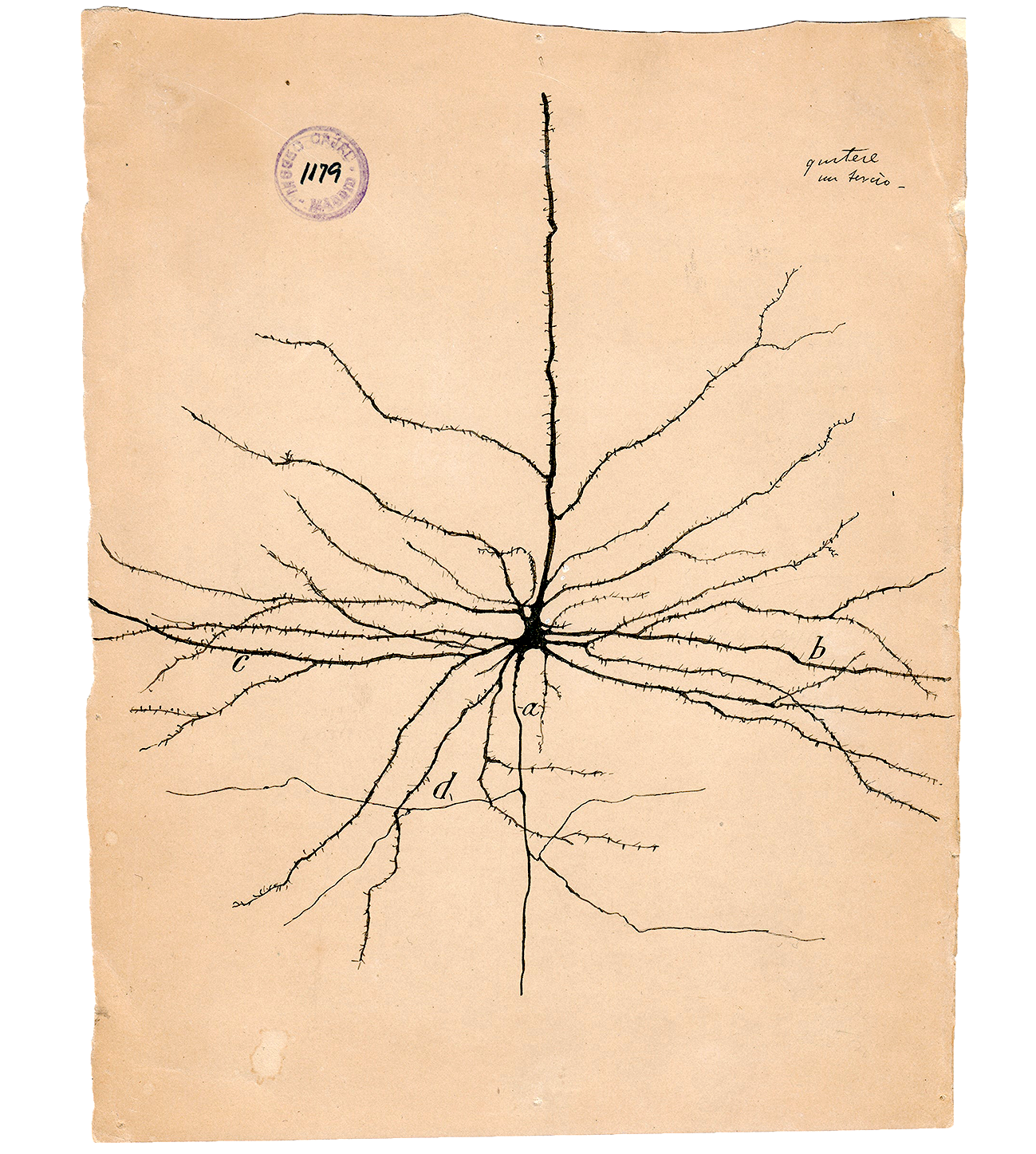Course overview#
Please, read carefully all the information here before the course starts
The course will consists of three types of classes: Lectures where you learn some concepts relevant in computational neuroscience, Coding exercises where you get to practice what you learn during lecture, and Invited talks researches will come talk about their current research.
The lectures will follow a hybrid flipped classroom structure: we ask you to go through the supporting materials that we link on each chapter —typically videos— before coming to class. These materials are meant for you to refresh some notions of build an intuitions about the concepts, the corresponding lecture will build on them.
The coding workshops: here you will have the chance of putting the concepts introduced in the lecture into practice by building models, analysis data and running simulations. The workshop classes will follow a flipped classroom structure: we will work together to solve the week’s problems (we will give you some time to solve an exercise and then go through it together).
The invited talks: these are meant for you to get a sense of current research being done in the field. Simply relax and enjoy.
Before the course starts#
Preparation#
If you have never coded or used python before (or it’s been a while), we strongly recommend that you take this introduction course to python. It covers all the coding requirements you need for the course: Kaggle’s introduction course to Python. The course is made of 7 lessons covering all you need to know about python to complete our course. Each lesson consist of a tutorial and some simple exercises. The exercises are hosted online as notebooks so you can do them without installing anything on your computer.
Set-up for coding#
Similarly to the aforementioned python course, the coding workshops will take the form of “notebooks”: notebooks are a document format that allows you to run code, write text and generate plots in the same document. Python notebooks have a .ipynb extension. They are made of cells, which can be code cells or text cells. In most notebooks, you can execute a cell by pressing Shift + Enter.
You have two options for doing the exercises:
the simplest one is to use Google Colab. Google’s Colab is a simple way of running notebooks without having to install anything locally on your computer. To open a chapter in Colab simply click on rocket symbol 🚀 on the top of the page and then click on Colab. Watch Introduction to Colab for a quick introduction on how to use. If you have taken the preparatory python introduction course, you will see that Colab is very similar to the Kaggle notebooks.
The second option is to install an editor (the app where you type code) and Python in your computer. This option has the advantage of letting you work more easily with your own data and have some nice extra features. If you pick this option, we recommend you get either VSCode or Spyder. A simple way of installing both Spyder editor and Python is to install Anaconda. Then you can simply download the notebooks from the course website by clicking on the download button on the top write corner and clicking on .ipynb.
If you’re already comfortable using other editor, you’re more than welcome to keep it using.
Syllabus#
Here you can find the table of content of each week and its corresponding supporting material and assgiments.
Math review with Python
Chapter 1. Introduction to modeling in neuroscience
Chapter 2. Differential equations and neuron models
Chapter 3. Simulating neural populations with Brian
- 1. Simulating neural populations with Brian
- 2. Firing Rate model
- 3. Recurrent network: Simple rate based network
- 4. Bifurcation: a qualitative and abrupt change in dynamics when changing a parameter
- 5. Example of a Random network
- 6. Exercise:
- 7. Illustrating the network structure
- 8. Exercise:
- 9. Linear stability analysis of rate based network
- 10. Introduction to Brian part 1: Neurons
- 11. Introduction to Brian part 2: Synapses
- 12. Introduction to Brian part 3: Simulations
Chapter 4. Data Analysis and Machine Learning
- 1. Introduction to Machine Learning for Neuroscience
- 2. What is Machine Learning?
- 3. The Three Types of Machine Learning
- 4. Key Terminology in ML
- 5. The ML Workflow
- 6. Training Simple Machine Learning Algorithms for Classification
- 7. Artificial Neurons – A Brief Glimpse into the Early History of Machine Learning
- 8. The Perceptron: A Spiking-Inspired Linear Classifier
- 9. The Perceptron Learning Rule
- 10. Perceptron in Code
- 11. Adaline: Adaptive Linear Neuron
- 12. Improving Gradient Descent Through Feature Scaling
- 13. Stochastic Gradient Descent (SGD)
- 14. Exercise: Build and Compare a Custom Neuron Classifier
Chapter 5. Network theory
Other resources#
An unordered list of resources that you might find useful:
IPython Cookbook: a nice book covering scientific computing with python and notebooks
Neuronal Dynamics: an online available book covering from neuron models to dynamics cognition.
A summary of how to translate code between Matlab, Python and Julia
An animation of how action potentials work at a cellular level
Making sense of principal component analysis, eigenvectors & eigenvalues
